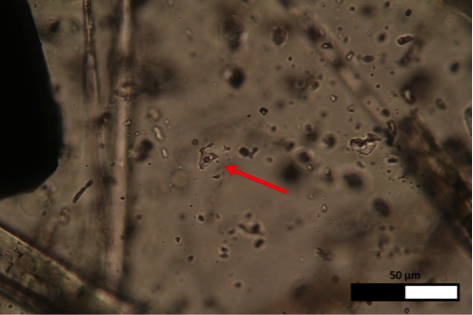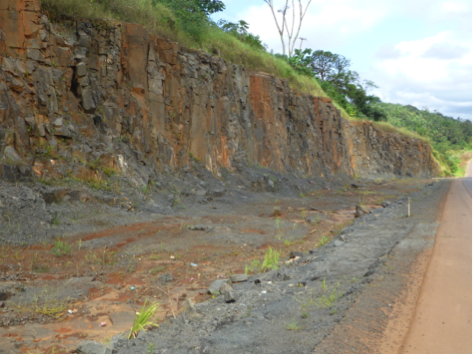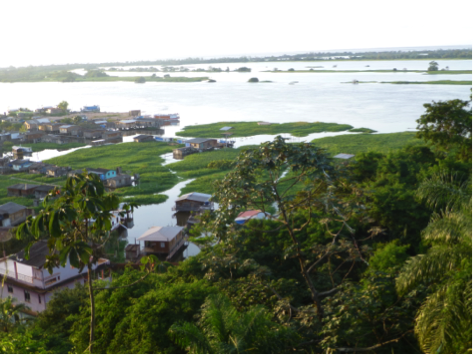During the last 500 million years, mass extinctions and global climate changes are synchronous with exceptional magmatic events. But what caused one of the most devastating mass extinctions occurred 201 million years ago? A new study, published in Nature Communications (“Massive methane fluxing from magma–sediment interaction in the end-Triassic Central Atlantic Magmatic Province”) reveals a massive release of methane from the Amazonian basins (Brazil) during the end-Triassic mass extinction. About 1 million cubic kilometers of basaltic magmas intruded and heated organic matter-rich sedimentary rocks, which in turn released massive amounts of methane.

In this article, a team of international researchers led by Manfredo Capriolo (University of Padova, Italy, and now at CEED, University of Oslo) detected the presence of methane in microscopic fluid droplets preserved in quartz crystals of magmatic rocks. Methane is a high-impact greenhouse gas, and its involvement in the end-Triassic crisis was already hypothesized and modelled, but this is the first time that methane was directly detected within end-Triassic magmatic rocks. "The analysis of micrometer-sized fluid inclusions entrapped within 201 million years-old magmatic crystals provided the first direct evidence of the release of huge amounts of methane, produced by the heating of organic matter-rich rocks, at the end of the Triassic" Manfredo Capriolo says.

According to co-author Sara Callegaro (CEED, University of Oslo), "This study represents a step forward in the knowledge of the greenhouse gas emissions from the end-Triassic Large Igneous Province. Similar evidence of methane deriving from the interaction between magma and sedimentary rocks will probably be found also for other magmatic events, similarly related to mass extinctions." Investigating sources, mechanisms and loads of greenhouse gas emissions during large-scale magmatic events responsible for climatic and biotic crises in Earth’s past is the key for understanding the possible effects of the current anthropogenic emissions.
The authors of this study, with the related involved institutions in brackets, are in the order Manfredo Capriolo (University of Padova, Italy, now University of Oslo (CEED), Norway), Andrea Marzoli (University of Padova, Italy), László E. Aradi (Eötvös Loránd University of Budapest, Hungary), Michael R. Ackerson (Smithsonian Institution of Washington, United States), Omar Bartoli (University of Padova, Italy), Sara Callegaro (University of Oslo (CEED), Norway), Jacopo Dal Corso (China University of Geosciences of Wuhan, China), Marcia Ernesto (University of São Paulo, Brazil), Eleonora M. Gouvêa Vasconcellos (Federal University of Paraná, Brazil), Angelo De Min (University of Trieste, Italy), Robert J. Newton (University of Leeds, United Kingdom) and Csaba Szabó (Eötvös Loránd University of Budapest, Hungary).

Contact: Manfredo Capriolo. Email: manfredo.capriolo@phd.unipd.it and manfredo.capriolo@geo.uio.no. Instagram: @maples_nfr
Publication details: Capriolo, M., Marzoli, A., Aradi, L.E. et al. Massive methane fluxing from magma–sediment interaction in the end-Triassic Central Atlantic Magmatic Province. Nat Commun 12, 5534 (2021). https://www.nature.com/articles/s41467-021-25510-w
Related CEED project:
Norwegian Research Council Young Researcher Talent project - MAPLES : https://www.mn.uio.no/geo/english/research/projects/maples/





